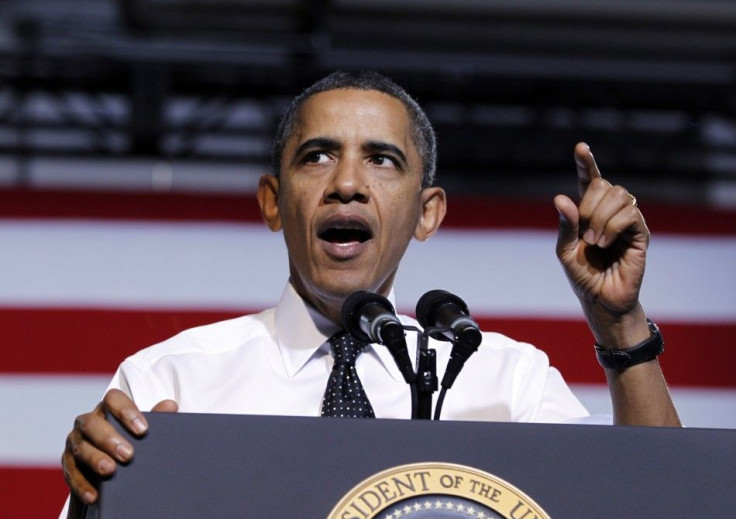Obama Announces Student Debt Relief to Mixed Response

President Obama announced a much-heralded plan on Wednesday to help recent college graduates struggling to pay back their student loans. Reactions were mixed, with some people lauding the President for taking decisive action and others saying he didn't go far enough.
The new measures, which Obama is implementing via executive order rather than through Congress, will speed up and slightly modify a law that Congress passed in 2010.
Currently, borrowers have to put no more than 15 percent of their annual discretionary income toward paying off their student debt. Under the new law, that cap will be lowered to 10 percent for eligible borrowers. The government will also forgive remaining debt after 20 years instead of 25, and with Obama's executive order, the new numbers will now take effect in 2012 instead of 2014.
The reduced payments will only be available to borrowers in good standing; those who have already defaulted on their loans are not included. The Obama administration estimates that 1.6 million borrowers will be eligible for debt relief.
About 5.8 million borrowers will be affected by another provision of Obama's executive order, which will allow people who have both direct government loans and loans from the Federal Family Education Loan Program to consolidate them, allowing them to make just one payment per month, with the added benefit of a slightly lower interest rate.
For the most part, the consensus among advocates for student loan reform was that Obama's initiatives were commendable, but only the first step in a long process of making higher education more affordable.
We have a Congress in paralysis, and given that the President's hands are tied for any congressional action, his executive order ability is rather limited, Matthew Segal, a youth activist and president of OurTime.org, told the International Business Times. But within that ability, this is a really important measure.
The lowering of the payment cap from 15 to 10 percent of income puts a few hundred extra dollars in the pockets of a cash-strapped generation, Segal said.
At the same time, though, there are serious systemic issues that need to be addressed.
We have almost a trillion dollars of cumulative student loan debt in this country and no legal protections awarded to student borrowers akin to people who have credit card debt or mortgage debt, Segal said. You can't discharge student loan debt in bankruptcy.
The Education Finance Council, a group that represents student finance organizations, said Obama had not done enough to fix the underlying problems.
President Obama's proposal, available to a limited group of students for a limited amount of time, does not address the real student loan problem: rising tuition and the lack of well-paying jobs, the group wrote in a statement after Obama's announcement on Wednesday.
Segal added, We can put a lot of different Band-Aids on student loan reform, but the real problem is the cost of higher education itself.
In a White House press release, Obama said much the same thing, but indicated that broader reform was very difficult with Congress as gridlocked as it is.
Steps like these won't take the place of the bold action we need from Congress to boost our economy and create jobs, but they will make a difference, he said. And until Congress does act, I will continue to do everything in my power to act on behalf of the American people.
© Copyright IBTimes 2024. All rights reserved.





















